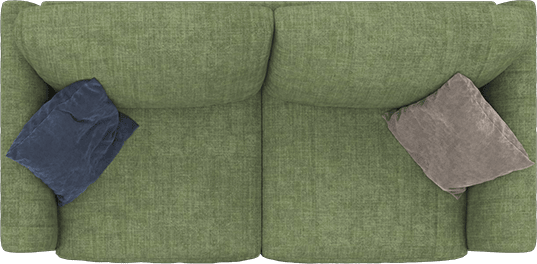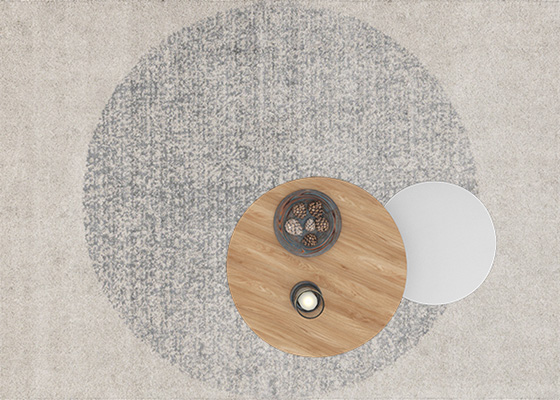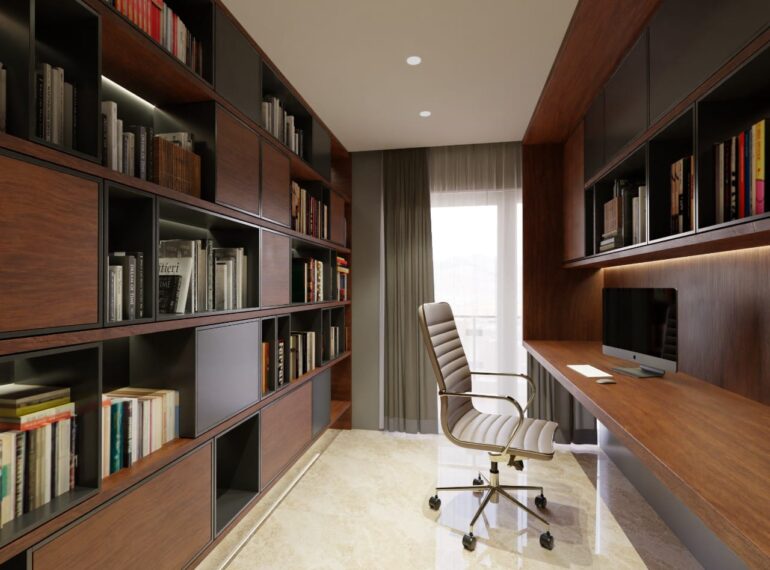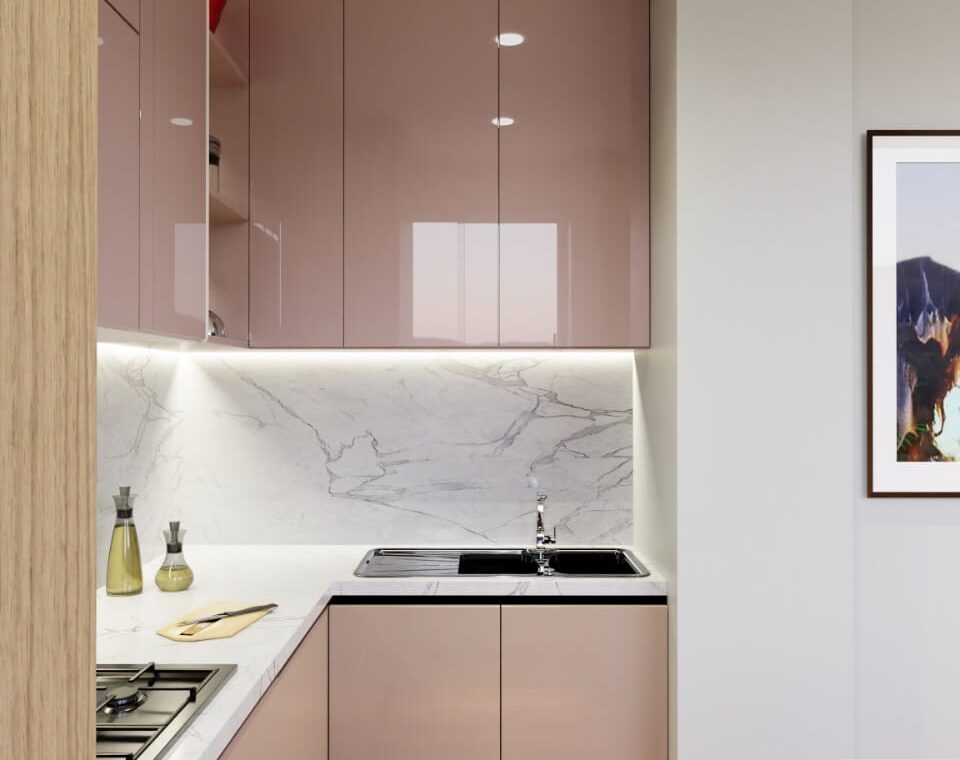Modern Living Area
Interior Design
3D Design Layouts
Remodel Spaces
Particular Solutions
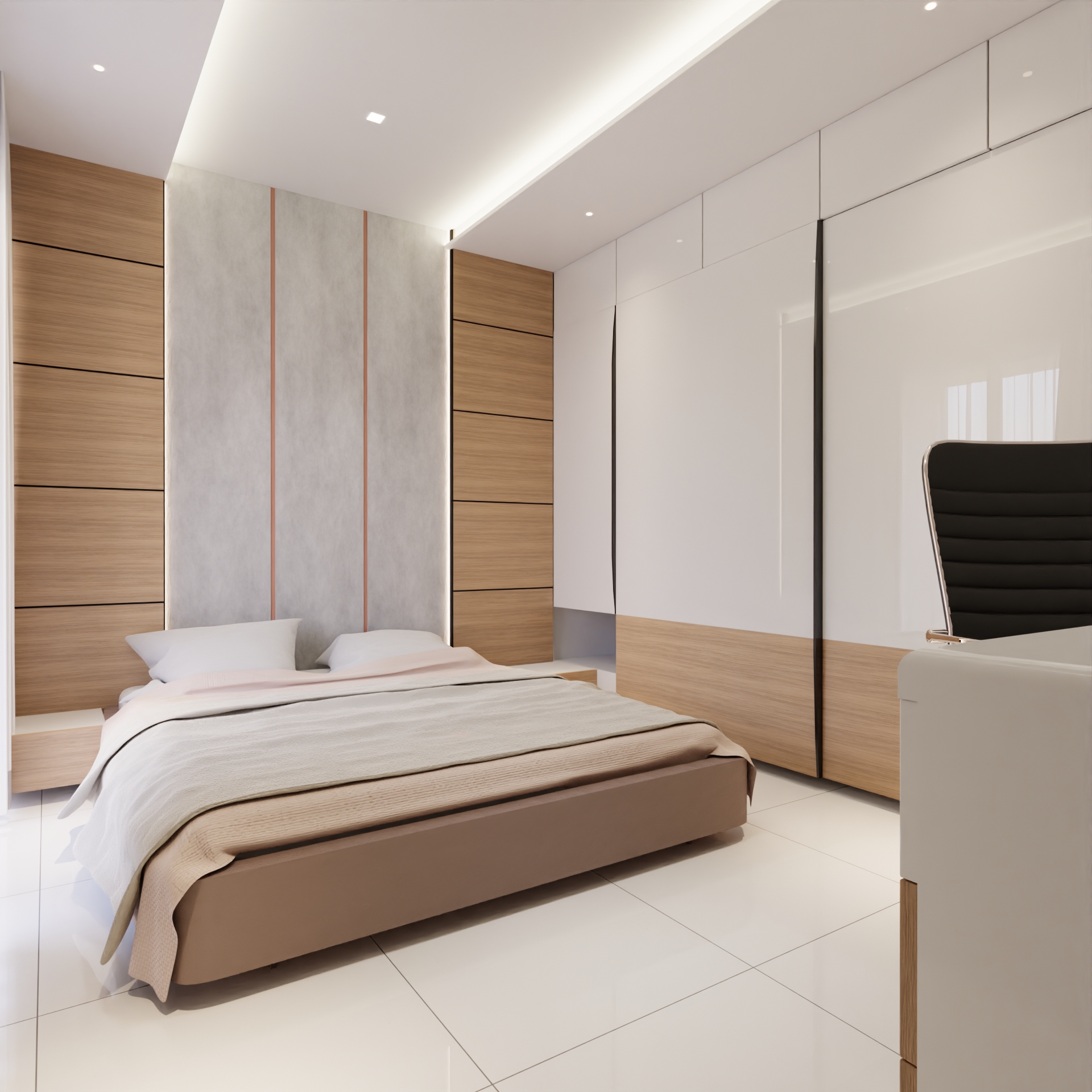
Satisfaction
Guarantee
Since 1981
We design thoughtful, liveble spaces.
- Latest technologies
- High-Quality Designs
- Guaranteed Work Satisfaction
Experienced Work Force
Quality Designs
since 1981
What we offer for you
Master Bedroom
Living Room
Kitchen
Office
And More
What We do
Creating the art of stylish living.
3D design refers to the creation of three-dimensional models or visual representations of objects using specialized software. It involves the process of conceptualizing, designing, and refining objects in a virtual space, which can range from simple shapes to complex structures, characters, environments, or products.
Visualization and Concept Development:
Designers use 3D modeling software to create digital representations of interior spaces. This allows them to experiment with different layouts, furniture arrangements, color schemes, and materials to develop a cohesive design concept.Space Planning: 3D design tools help designers accurately plan the layout of rooms and furniture within a space. They can determine optimal placement of elements based on functionality, traffic flow, and aesthetic balance.
Material and Texture Simulation: Designers can apply various materials, finishes, and textures to surfaces within the 3D model. This includes flooring, walls, countertops, fabrics, and furnishings, giving clients a realistic preview of how different materials will look together in the final design.
Lighting Design: Lighting plays a crucial role in interior design. 3D design software allows designers to simulate different lighting conditions and placements, helping them achieve the desired ambiance and highlighting key architectural features or design elements.
Client Presentations: 3D renderings and visualizations are powerful tools for client presentations. They allow clients to see the proposed design from multiple angles and perspectives, making it easier for them to understand and visualize the final result.
Iterative Design Process: 3D design facilitates an iterative design process where designers can easily make changes and refinements to the model based on client feedback or new ideas. This flexibility helps in achieving the best possible design outcome.
Collaboration: Interior designers often collaborate with architects, contractors, and other stakeholders involved in a project. 3D design models serve as a common visual reference, ensuring everyone is on the same page regarding design intent and specifications.
The cost of interior design can vary widely depending on several factors, including the scope of the project, the complexity of the design, the location, the reputation and experience of the designer or firm, and the quality of materials and furnishings chosen. Here are some key aspects that influence the cost of interior design:
Scope of the Project: The size and complexity of the space being designed significantly impact costs. Larger spaces or projects that involve extensive renovations, structural changes, or custom designs generally require more time and resources, thus increasing the overall cost.
Design Fees: Interior designers typically charge fees based on various models such as hourly rates, flat fees per project, or a percentage of the total project cost. Rates can vary widely depending on the designer’s experience, expertise, and location.
Materials and Finishes: The selection of materials, finishes, furnishings, and fixtures plays a crucial role in determining the overall cost of an interior design project. High-end materials and custom-made pieces can significantly increase expenses compared to more budget-friendly options.
Labor and Construction: If the project involves renovations, construction work, or installations (such as plumbing or electrical upgrades), these costs need to be factored into the overall budget. Contractors and specialized tradespeople may charge hourly rates or project-based fees.
Furniture and Decor: Purchasing furniture, accessories, artwork, and decorative items can contribute significantly to the total cost. Designers often source these items based on the client’s budget and style preferences, balancing aesthetics with financial constraints.
Additional Services: Some interior design projects may require additional services such as project management, procurement of materials, coordination with contractors, and overseeing installations. These services may be included in the designer’s fee or billed separately.
Location: Interior design costs can vary based on the geographic location of the project. Designers in major urban centers or affluent areas may command higher fees due to higher living costs and demand for their services.
Client Preferences: The level of customization and luxury desired by the client also influences costs. Projects that require bespoke designs, unique architectural features, or high-end finishes will naturally incur higher expenses compared to more standard designs.
To manage costs effectively, it’s essential for clients and designers to establish a clear budget and scope of work early in the design process. This helps to align expectations, prioritize expenditures, and ensure that the final design meets both aesthetic goals and financial constraints.
Yes, you can absolutely create custom designs for interior spaces! Custom design allows you to tailor every aspect of the space to your specific needs, preferences, and style. Here are some steps and considerations to help you create a custom interior design:
Define Your Goals and Requirements: Start by outlining what you want to achieve with the space. Consider factors such as functionality (how you intend to use each room), aesthetic preferences (your preferred style and mood), and any special requirements (e.g., accessibility needs, storage solutions).
Research and Inspiration: Gather inspiration from various sources such as interior design magazines, websites like Pinterest or Houzz, and even real-life spaces you admire. This will help you clarify your design preferences and develop a cohesive vision for your project.
Set a Budget: Determine your budget early in the process. This will guide decision-making regarding materials, furnishings, and any additional services you may need (such as hiring a designer or contractor).
Create a Design Concept: Develop a design concept or theme that reflects your personality and desired ambiance for the space. Consider elements like color schemes, textures, lighting preferences, and furniture styles that align with your vision.
Space Planning: Plan the layout of the room(s) based on functionality and flow. Consider how you want to use each area and optimize the arrangement of furniture and fixtures accordingly.
Select Materials and Finishes: Choose materials, finishes, and furnishings that not only enhance the aesthetic appeal of the space but also align with your budget and durability requirements. This might include flooring, wall treatments, countertops, cabinetry, and decorative elements.
Customization Opportunities: Explore opportunities for customization. This could involve designing bespoke furniture pieces, incorporating unique architectural details, or commissioning artwork that adds a personal touch to your space.
Work with Design Professionals: Depending on your comfort level and expertise, you may choose to work with an interior designer or architect to bring your custom design vision to life. Design professionals can offer expertise, creativity, and industry connections to help you achieve your goals efficiently and effectively.
Implementation and Project Management: Coordinate with contractors, tradespeople, and suppliers to ensure that your custom design is executed according to plan. Project management skills or assistance from a professional can be valuable during this phase to oversee timelines, budgets, and quality control.
Creating a custom design allows you to express your individuality and create a space that is uniquely yours. Whether you’re redesigning a single room or planning a full-scale renovation, taking a thoughtful and organized approach will help you achieve a successful outcome that meets your aesthetic and functional requirements.

